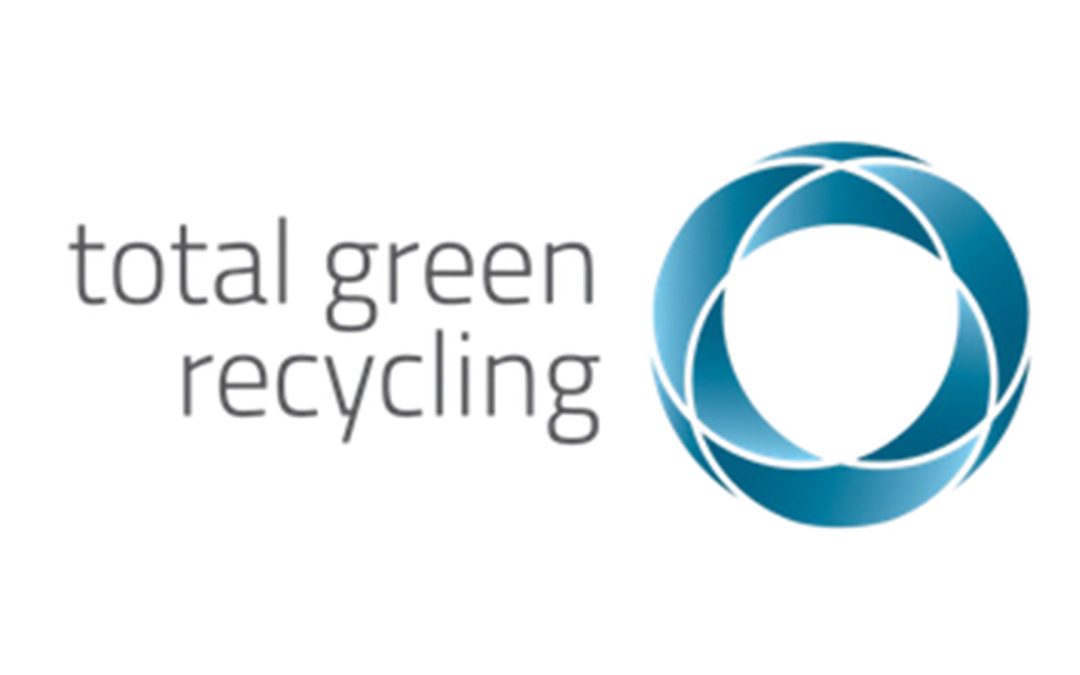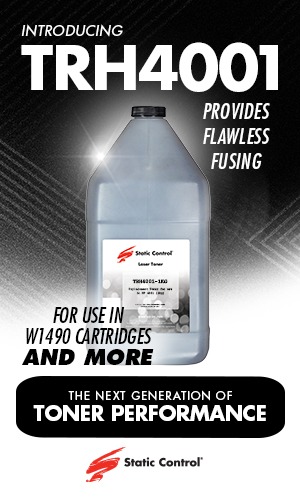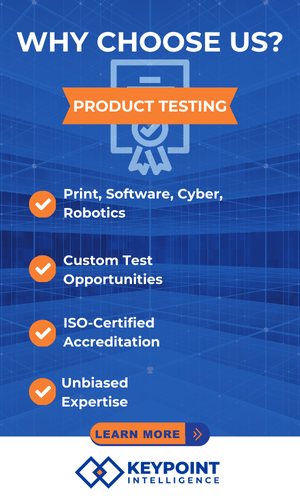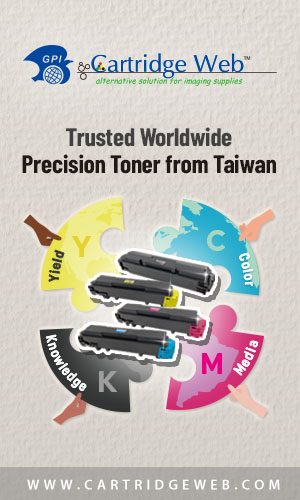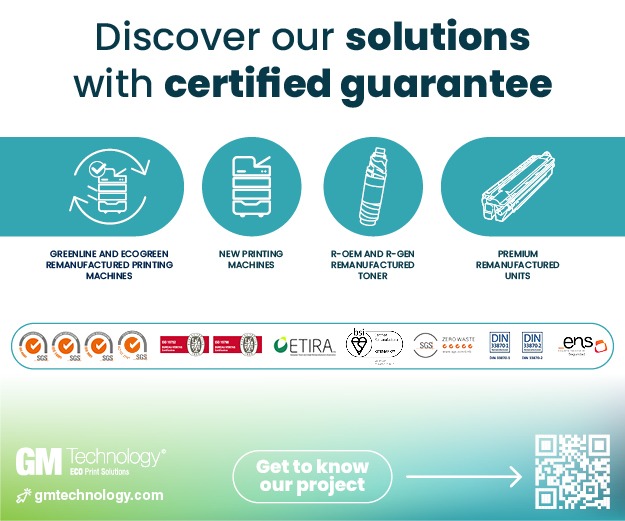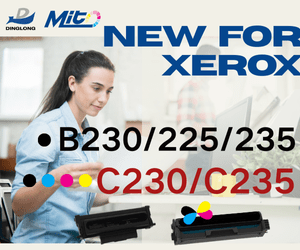
With WEEE compliance a “legal prerequisite” for businesses, coordinating and engaging this compliance is crucial for any organisation, and embracing the following 6 actions will help ensure it is done correctly.
As WEEE Logic explains, complying with WEEE legislation involves a variety of methods, including “administrative paperwork, contracting, data sharing into national organisations, cross functional involvement, take back, recycling and business model evolution.
The following 6 “actions” will help businesses coordinate a “compliant and fruitful development”.
- Identifying your obligations
As the article states, companies selling EEE have to ensure that the devices they offer “are compliant with a variety of legal requirements”; they must also be registered and provide both take back and recycling solutions to consumers, as well as ensuring proper dismantling of devices.
The identification of their WEEE obligations “is an important first step and can be supported by environmental experts or lawyers.” It can also be beneficial to gain assistance from a compliance hub.
- Keeping management and employees informed
WEEE Logic advises sharing information about WEEE compliance with both colleagues and management, as “they are all concerned by compliance aspects” such as market differentiators, added value services, cost reductions and budget provisions. A compliance briefing should also be conducted to make sure general management is on board.
- Promoting WEEE compliance
Businesses should make their compliance activities public, targeting their communication at different audiences through the use of environmental reports, dedicated web pages, take back and recycling schemes, marketing campaigns and more.
- Concoct “circular” strategies
WEEE Logic encourages the industry “to rethink strategies and adapt to new programs”. Coming up with “cleaner and greener devices” will promote the development of a circular business mode, following either a collective open loop or a vertical individual loop.
- Coordinate replacement, collection and internal purchasing
Among their compliance obligations, businesses should ensure they provide complimentary take back and recycling schemes in line with EPR principles.
- Forge new partnerships
In order to fully meet their obligations, companies should form strategic new partnerships which will enable them to:
- “set compliance easily with the support of new technologies to offer a new and innovative compliance journey and increase transparency,
- facilitate differentiation by naturally integrating compliance and recycling in marketing programs,
- avoid product cannibalism by cumulating the latest new products launch with the take back of old equipment,
- develop surrounding services such as warranty, spare parts management, and after sales services
- investigate secondary raw materials for the design of new devices.”


